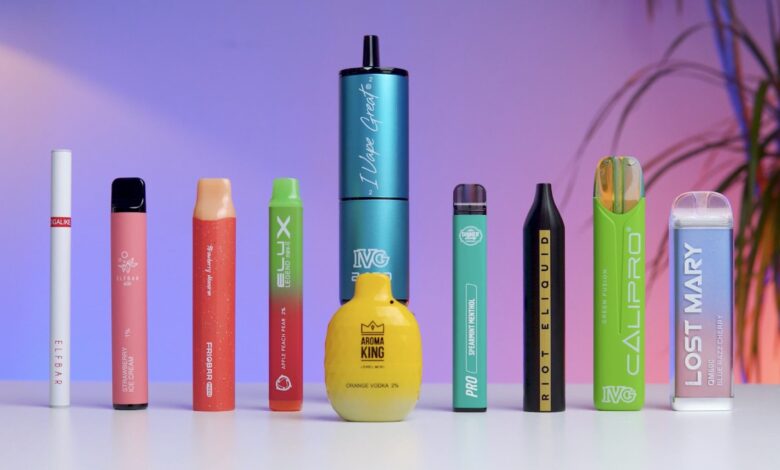Vaping Sustainability: Can Disposable Vapes Be Environmentally Friendly?

The surge in popularity of disposable vape devices has brought new dimensions to the world of nicotine consumption, offering convenience, flavors, and portability. However, this innovation has also raised concerns about its environmental impact. As discussions about sustainability gain momentum, the question arises: Can disposable vapes be environmentally friendly? This article delves into the intersection of vaping and sustainability, exploring the challenges, initiatives, and potential for making 0 nicotine disposable vape devices more eco-conscious.
The Disposable Conundrum
Disposable vape devices, while offering ease of use and a variety of flavors, are inherently associated with single-use waste. These devices consist of plastic components, e-liquid containers, and electronic components, all of which contribute to environmental concerns. The disposal of these items can strain waste management systems and exacerbate plastic pollution and electronic waste issues.
The disposability of these devices runs counter to the ethos of sustainability, which emphasizes reducing waste and conserving resources. However, the vaping industry is not immune to the call for greater environmental responsibility.
Exploring Sustainable Materials
Manufacturers of disposable vapes with no nicotine devices are increasingly exploring sustainable materials in response to environmental concerns. The use of recyclable plastics, biodegradable materials, and responsibly sourced components is gaining traction. By selecting materials that have a lower environmental impact, manufacturers can minimize the long-term effects of disposable devices on the environment.
Initiatives to create devices that break down more easily or leave a smaller ecological footprint are steps in the right direction. These endeavors demonstrate a commitment to addressing the environmental implications of disposable vaping.
Recycling and Proper Disposal
The onus of environmental responsibility extends beyond manufacturers to consumers. Proper disposal and recycling of disposable vape devices play a crucial role in mitigating their impact. Some manufacturers have implemented take-back programs, allowing users to return used devices for responsible recycling.
Educating users about the importance of recycling and providing accessible recycling options can encourage responsible behavior. By incorporating recycling practices into the vaping community, the industry can take strides toward sustainability.
Reducing Packaging Waste
Packaging waste is another facet of the sustainability challenge. While disposable vape devices are individually packaged for hygiene and convenience, manufacturers can explore minimalist packaging designs and sustainable materials. This approach can reduce the overall waste associated with the product.
Additionally, transparent communication about the environmental impact of packaging and devices can empower consumers to make informed choices and influence the industry’s practices.
A Collective Effort
Sustainability in the no nicotine disposable vape industry requires a collective effort. Manufacturers, consumers, and regulatory bodies must collaborate to find solutions that balance convenience and environmental responsibility.
Regulations and standards can play a vital role in encouraging sustainable practices. By setting guidelines for materials, disposal methods, and product labeling, regulatory bodies can incentivize manufacturers to prioritize sustainability.
The Road Ahead: Balancing Innovation and Responsibility
The journey toward making disposable vapes more environmentally friendly is marked by challenges and opportunities. The allure of convenience and flavors should be accompanied by a commitment to minimizing waste and ecological impact. Manufacturers’ investments in research and innovation can pave the way for sustainable advancements.
As the vaping landscape evolves, the demand for environmentally friendly solutions will likely increase. Embracing this demand, manufacturers can drive change, redefine industry norms, and align disposable vape devices with the principles of sustainability.
Conclusion
The question of whether disposable vapes can be environmentally friendly holds no simple answer. It hinges on the actions and choices of manufacturers, consumers, and regulators. While challenges persist, the vaping industry has the potential to transform disposable vape devices into more sustainable options. By striking a balance between innovation, convenience, and environmental responsibility, the industry can chart a path toward a more eco-conscious future. The evolution of disposable vapes is not just about flavors and convenience; it’s also about shaping a future where nicotine enjoyment coexists harmoniously with a healthier planet.



